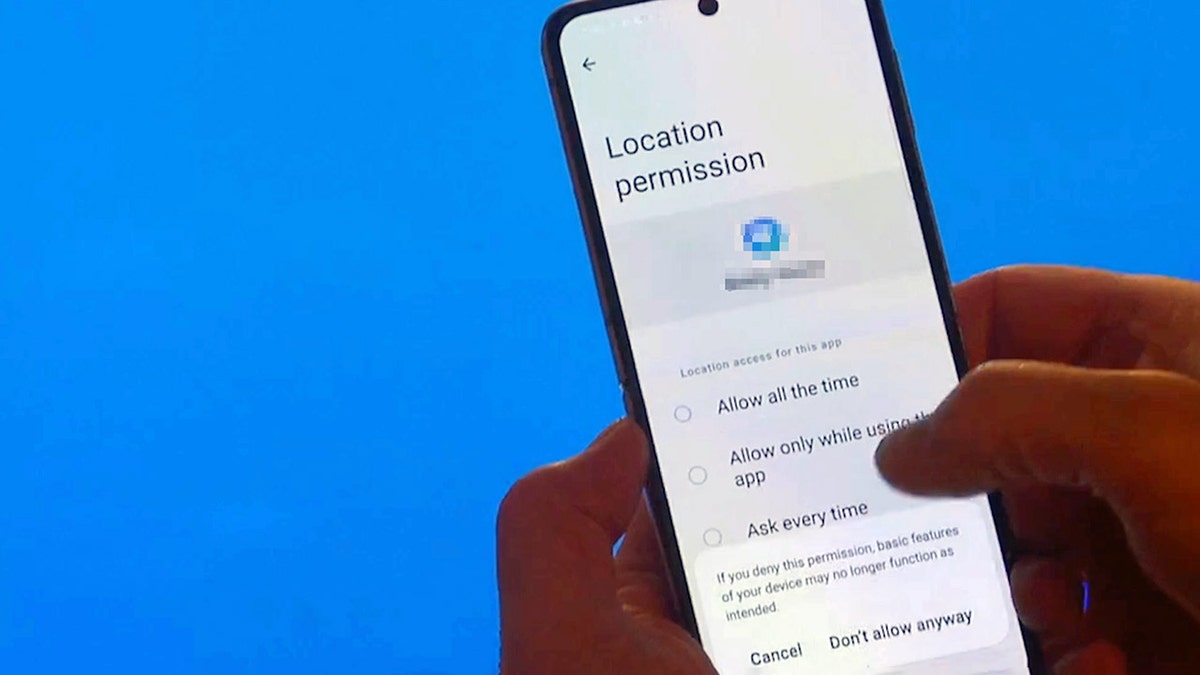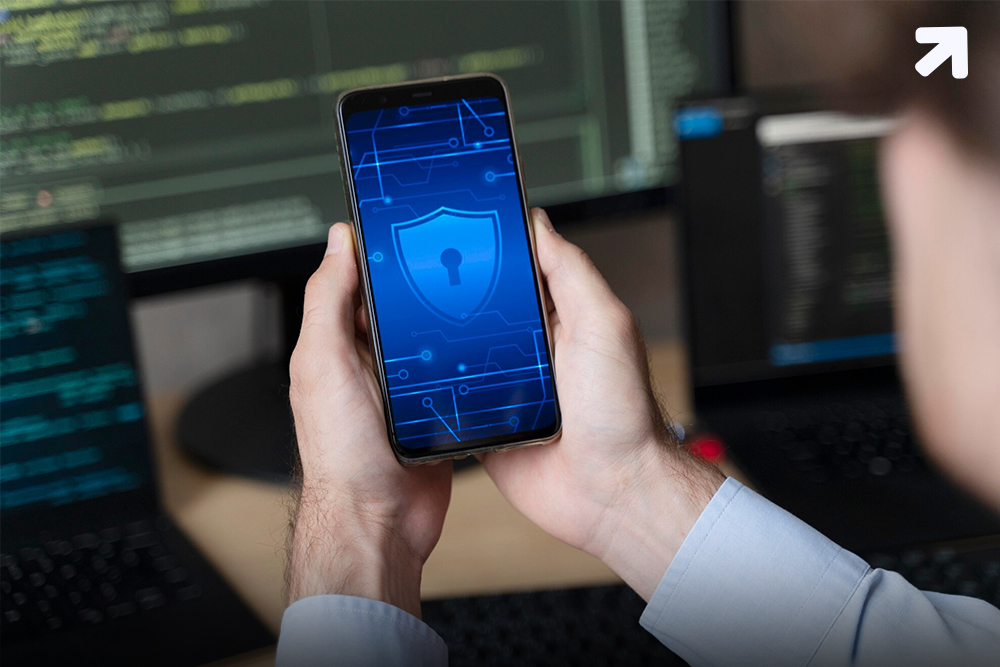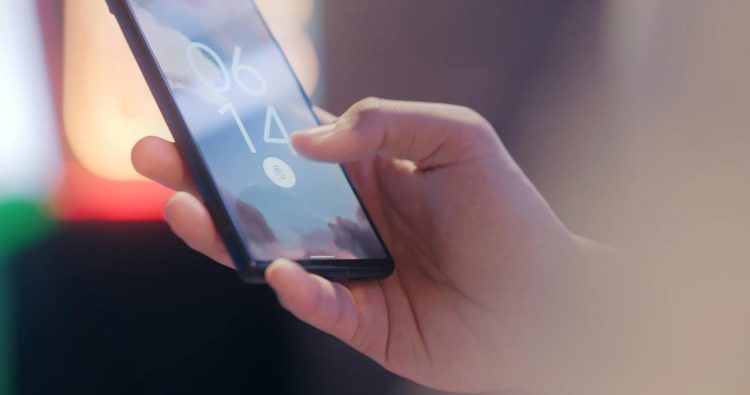In the age of hyperconnectivity, our smartphones have become extensions of ourselves—carrying not just our conversations but our secrets, habits, locations, and much more. But with this convenience comes a nagging question: Can you really trust your phone’s privacy settings? The short answer? It’s complicated.
In this comprehensive dive, we’ll explore what phone privacy settings actually protect, where they fall short, the psychology behind user behavior, and what you can do to safeguard your data in a world where privacy is the new currency.
1. The Illusion of Privacy: What Phone Settings Promise
Smartphones today come loaded with privacy options designed to reassure users. From granular app permissions to encrypted messaging, these settings appear to put control firmly in your hands.
Common Privacy Settings Explained
- App Permissions: Control what apps can access—camera, microphone, location, contacts, etc.
- Location Services: Enable or disable precise or approximate location tracking.
- Data Sharing Opt-Outs: Limit how much data apps share with advertisers or third parties.
- Ad Tracking Preferences: Opt out of personalized ads.
- Encryption: Secure messaging and data encryption on device and in transit.
- Biometric Locks: Use of fingerprints or facial recognition to secure the device.
All these features create a sense of control. But does selecting “Deny” for camera or location access guarantee your privacy? Not always.
2. Beneath the Surface: The Reality Behind Privacy Controls
Permission Overload and User Fatigue
When a new app is installed, it often bombards you with permission requests. Over time, most users just click “Allow” to get the app working, often without a second thought. This “permission fatigue” drastically reduces the effectiveness of privacy controls.

Background Data Access
Some apps access data in the background, often in ways that are not fully transparent. Even if location services are off, certain apps can infer your location via Wi-Fi networks or IP addresses.
Manufacturer and OS-Level Privacy
Phones rely on operating systems like Android and iOS, which have their own privacy policies and data practices. For example, Apple markets privacy as a core feature, but even iPhones share diagnostic and usage data with Apple unless explicitly disabled.
Third-Party SDKs and Trackers
Apps often include third-party software development kits (SDKs) that track users for analytics or advertising purposes. These SDKs may bypass app permissions, collecting data unbeknownst to users.
Cloud Backups and Data Leakage
Even if your phone is secure, cloud backups—Google Drive, iCloud—can be a weak link. Data stored in the cloud may not have the same protections, and breaches or legal demands can expose your information.
3. The Science of Privacy Settings: Are They Enough?
Recent research highlights how privacy settings often fall short.
Studies Show
- A 2023 analysis by privacy researchers found that over 60% of popular apps continued to collect location data even after users disabled location permissions.
- Behavioral studies reveal users rarely check or update privacy settings after installation, often unaware that default settings favor data collection.
Technical Loopholes
- Side Channels: Even when permissions are denied, apps can infer information through sensor data like accelerometers or gyroscopes.
- Permission Creep: Updates to apps can request new permissions without adequate user notification.
4. Psychological Dimensions: Why We Ignore Privacy Risks
Understanding the human element is key to grasping why privacy settings are often ineffective.
The Privacy Paradox
Many users claim to care about privacy but behave otherwise, a phenomenon known as the “privacy paradox.” Convenience and usability often outweigh abstract privacy concerns.
Trust in Brands
Users tend to trust big brands and assume their phones inherently protect privacy. This brand trust can lead to complacency.
Complexity and Confusion
Privacy settings can be confusing. Overwhelmed users often stick with defaults or misinterpret what settings actually do.
5. Real-World Examples: When Privacy Settings Failed
- Location Tracking Scandals: Apps like Weather apps have been caught secretly collecting and selling user location data despite “location off” settings.
- Data Leaks: Major data breaches from cloud services have exposed millions of user records, showing that local privacy settings don’t protect data once it leaves your device.
- Spyware and Malicious Apps: Malicious apps bypass permissions or exploit OS vulnerabilities, undermining user control.
6. How to Actually Improve Your Phone’s Privacy
While privacy settings are imperfect, they’re a start. Here’s how to get serious about protecting your data.

Step 1: Audit Your Permissions Regularly
Go beyond the initial setup. Periodically review app permissions. Disable those that seem unnecessary.
Step 2: Use Privacy-Focused Apps
Prefer apps with transparent privacy policies and minimal data collection. Open-source apps can be more trustworthy.
Step 3: Employ VPNs and Secure Networks
Encrypt your internet traffic with VPNs to protect from network-level snooping.
Step 4: Encrypt Backups and Use Secure Cloud Services
If you use cloud backups, choose services with end-to-end encryption or local encrypted backups.
Step 5: Stay Updated and Use Security Software
Keep your OS and apps updated to patch vulnerabilities. Consider security suites to detect malicious apps.
Step 6: Educate Yourself Continuously
Privacy is a moving target. Stay informed about new threats, updates, and best practices.
7. The Future of Phone Privacy: Emerging Trends
Enhanced User Controls
OS developers are working on more intuitive privacy dashboards, showing what data is collected in real time.
AI and Privacy
Artificial intelligence could help detect suspicious app behavior automatically.
Legislation and Regulation
Governments worldwide are tightening data protection laws, forcing companies to improve transparency.
Conclusion: Trust, But Verify
So, can you really trust your phone’s privacy settings? They’re a vital first line of defense but far from a silver bullet. User vigilance, informed choices, and layered security are essential to truly safeguard your privacy in a mobile world.
Your phone is a powerful device—treat its privacy controls like a toolkit, not a magic wand.


















































Discussion about this post